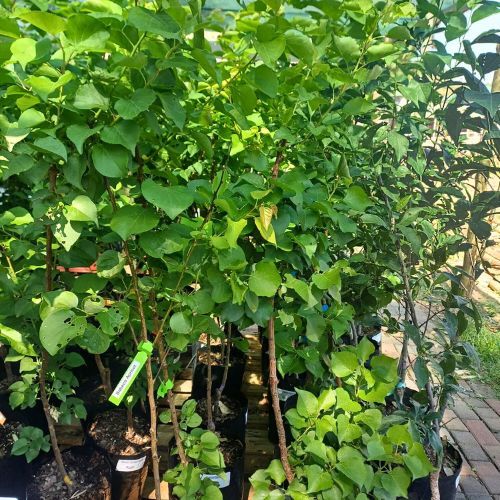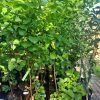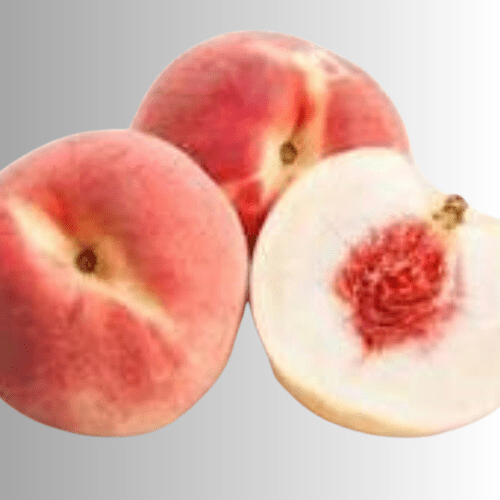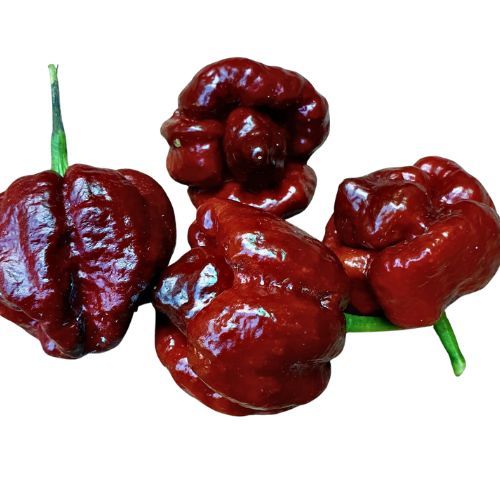Position
Choose a spot with full sun (at least 6-8 hours daily). More sun = sweeter fruit.
Soil
Well-draining loamy or sandy soil is ideal. Avoid heavy clay unless it’s been improved with compost.
Spacing
Space trees 4–6 meters apart to allow proper airflow and sunlight. Dig a hole twice as wide and the same depth as the root ball. Place the tree so the graft union is above soil level.
Apricot trees are usually self-fertile, but planting a second apricot tree can boost yield. Bees and other insects help pollinate, so avoid spraying insecticides during bloom.
Watering
Water your apricot tree every-second day after transplanting for the first week. Thereafter, reduce watering to twice a week in dry or hot weather for the next 2 to 3 months. Water it every couple of weeks in cooler weather if there is no rain. Too much water can cause root rot but do not allow the roots to dry out completely.
Mulching
Add a thick layer of pine bark mulch, keeping it about 20 to 30 centimetres away from the tree trunk itself (any closer and it may cause excess moisture to damage the trunk). This will retain the moisture in the soil and will prevent weeds from taking over.
Fertilising
Use our slow-release nitrogen-rich all plant fertiliser Apply 1 teaspoon every 4-5 months. The roots will absorb what they require.
Pruning
Prune the top and sides of your apricot tree regularly in spring and early autumn to prevent it from growing too large. Pruning will also allow light into the tree’s center, making it easier to harvest the fruit. Cut out dead or diseased branches completely whenever they appear and dispose of them immediately.
Pests and Diseases
Watch for pests like aphids, tree borers, and spider mite infestations.
Treat promptly or preferably use preventative measures by spraying with agricultural Neem Oil or Effective Microorganisms (EM Control)
Spray EM Control regularly as a preventive against fruit flies. Start spraying the leaves as soon as they regrow in Spring and continue when they start bearing fruit.
Harvesting
Your apricots are ready to pick when they have changed colour from green to yellow-orange and are still firm but give in under a bit of pressure. If you keep them at room temperature and away from direct sunlight, they will ripen after being picked.














